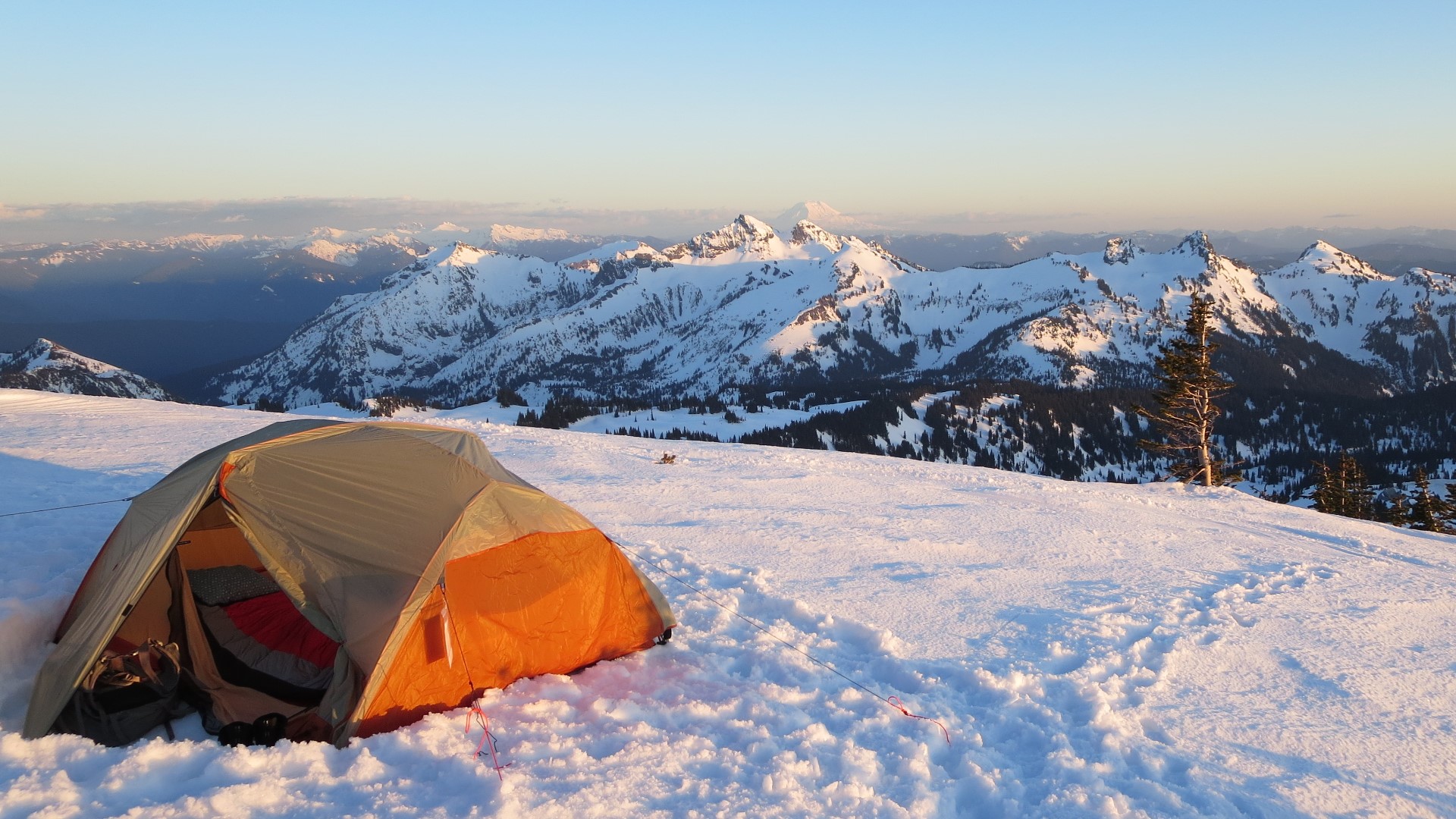SEATTLE — Western Washington is known for it's great camping spots, but are you adventurous enough to brave them during the snow? We brought an expert in for a lesson on snow camping.
Teresa Hagerty is a Seattle-based hiker, backpacker, mountaineer, and cyclist with over twenty years of outdoor adventure experience. She is also the founder and lead guide of her own outdoor adventure company Cascade Mountain Adventures.
"It's [snow camping] gorgeous, you often have the place to yourself, the views are incredible, and one of my favorite parts is there's no mosquitoes," Hagerty said.
Hagerty is proud to share outdoor skills with women in the Pacific Northwest.
Here's what you need to know:
Snow country is avalanche country, which means it's important to be prepared and understand the terrain you're hiking in. ALWAYS check the weather, avalanche, and trail reports before embarking on a snow camping journey. An average of 27 people die in avalanches annually in the U.S., many of which are unprepared or unaware of avalanche dangers.
Have all the gear necessary to be warm and comfortable overnight:
You should carry a tent that is sturdy in the wind and can stand up to snow. Insulated sleeping pads keep the cold winter ground from absorbing body heat, and sleeping bags carry ratings that inform users what temperature and conditions they're designed to be used in, make sure you have the right type.
Camping in the snow means you often need to dig and prepare the snow around where you'll be sleeping, Hagerty recommends purchasing a lightweight avalanche shovel.
"You do need to flatten the snow to make a nice tent pad, snow doesn't show up flat," Hagerty said.
Clothing and shoes are important, too:
Coats should keep you warm in the snow. Hagerty recommends down, or other lightweight outer layers. Fleece is a good insulator recommended for gloves or base layers, otherwise known as long underwear. Hagerty also recommends you carry waterproof outer layers in case of precipitation.
As for your feet, it's important to have crampons or microspikes, depending on the conditions you hike in. These ad-ons can be applied to traditional hiking or mountaineering boots as hardware and help grip snow and ice on trails.
"Crampons are fun, I feel incredible wearing them on my feet," Hagerty said.
Wear sunscreen:
Sun damage isn't just a summer problem. Snow campers should wear sunscreen and cover-up.
"What a lot of people don't know is the UV rays reflect off the snow," Hagerty said. That means wearing long pants, goggles or sunglasses, and covering skin that could be exposed to the elements.
Pack in, pack out:
In the outdoor community, bringing out everything you bring in is commonly known as Leave no Trace. LNT helps protect the outdoors from human impact. All food, trash, and human waste should be saved and disposed of once a trip is over.
Yes, that means saving your poop. Hagerty compared it to taking the dog out and assured that once you get used to it, it's no big deal.
Know your limits:
Snow camping requires the appropriate gear and knowledge in order to be safe in the backcountry. While you may want to hike to the top of your favorite steep summer peak right away, Hagerty recommends starting small.
"We recommend that folks try their hand first at winter accessible parks," Hagerty said.
Once you understand the basics of snow camping, you can advance your skills with backcountry classes and harder hikes. Like any activity, snow camping is a learning process.
Segment Producer Derek Haas. Watch New Day Northwest 11 AM weekdays on KING 5 and streaming live on KING5.com. Contact New Day.

